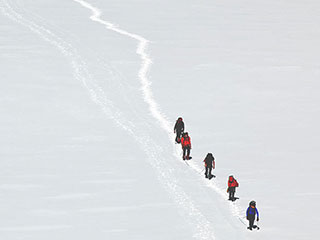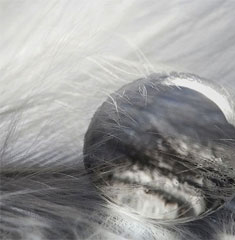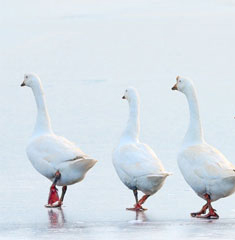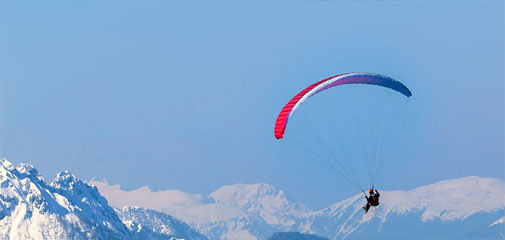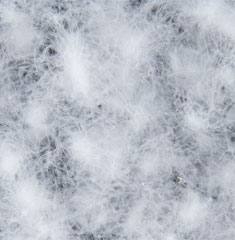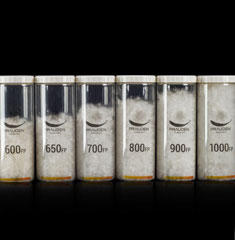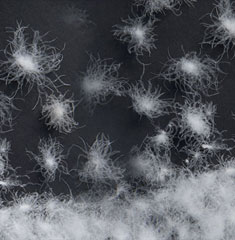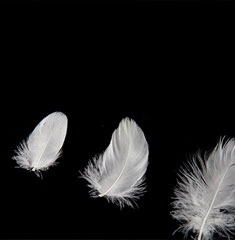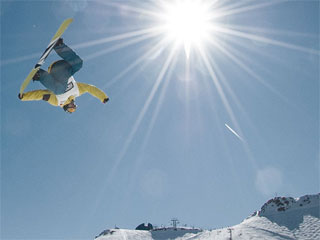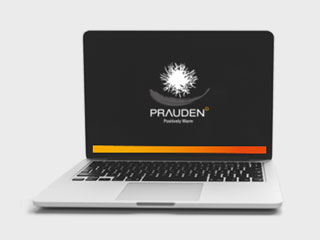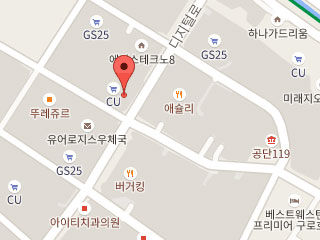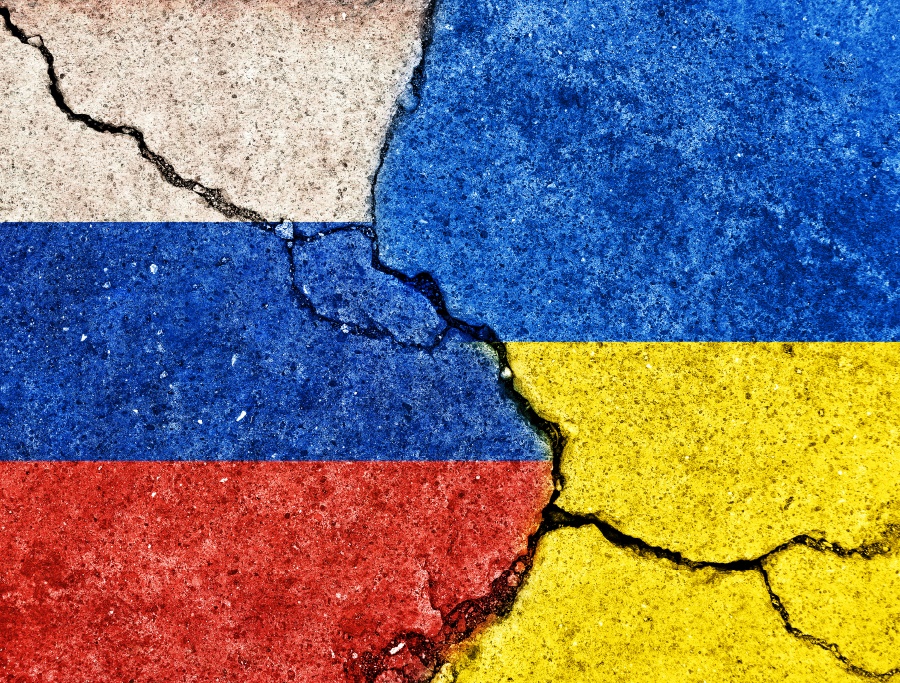
Russia-Ukraine war and the fashion industry
2022-09-21
On February 24, the Russian-Ukrainian war began when Russia bombed the Ukrainian capital Kiiu with missiles, which made the global economy unstable, with oil and grain prices skyrocketing. In the wake of the war, the fashion industry also acts differently with such changes as shutting down stores in Russia and participating in donations for Ukraine. Here is a look at the movements of the fashion industry as a consequence of the Russian-Ukrainian war and the considerations thereof.
Spread of support for Ukraine
Balenciaga expressed its condolences to the Ukrainian refugees by presenting a model walking like a refugee in a snowstorm at its fashion show. Balenciaga provided the audience with a T-shirt symbolizing the Ukrainian flag. Giorgio Armani expressed its condolences with a silent runway without music. Stella McCartney ended its show with John Lennon’s ‘Give Peace a Chance’ to pray for peace.
Donations from large luxury groups also continued. Kering announced that it would donate $500,000 (about KRW 600 million) to the UN Refugee Agency, and LVMH donated 5 million euros (about KRW 6.7 billion) to the International Red Cross Committee.

<The T-shirt provided to the Balenciaga runway audience symbolizing the Ukrainian flag>
Source: waitfashion
Fashion companies boycotting Russia
Right after the war, Violetta Fedorova, editor-in-chief of Ukrainian Vogue, issued a statement urging the global fashion industry to join the boycott of Russia. Afterward, several fashion brands such as Hermès, Chanel, and Louis Vuitton announced they would cease operations in Russia. The Kering group, including Gucci, Balenciaga, and Saint Laurent, also announced a temporary suspension. Online stores such as Farfetch, Mytheresa, and Net-a-Porter also did not accept orders from Russia, and DHL and FedEx stopped deliveries to Russia. Adidas, H&M, Puma, and Uniqlo have also closed their Russian stores and stopped their sales operation in Russia, with Nike announcing its intention to withdraw entirely from the Russian market.
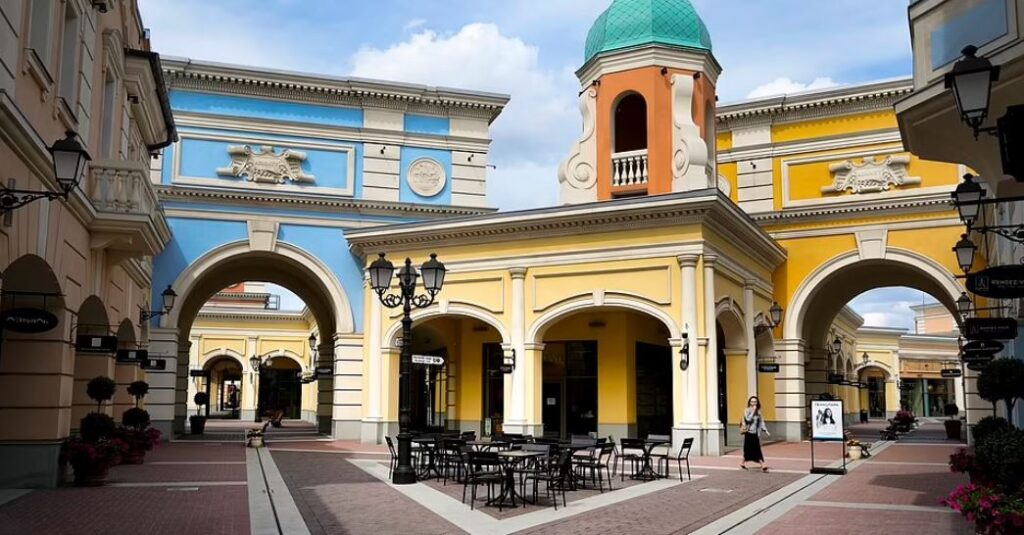
<An empty shopping mall in Russia>
Source: dailymail
Currently, Russia has issued a warning to all industries, including fashion, announcing the country’s plans to seize assets from global companies that have withdrawn from the country. Accordingly, a quick grasp of the current situation and a quick response will be required regarding whether many global brands will either leave Russia entirely at the cost of a withdrawal, like Nike, or get back into operation.
What is the impact on the fashion industry?
The Russia-Ukraine war is also affecting global supply chains and economies. Below is a view of Drapers, the British fashion magazine, on the impact of the Russia-Ukraine war on the fashion industry.
1. Logistics cost rise: Oil price is likely to rise due to sanctions against Russia, the world’s third-largest oil exporter, which will bring about a cascading effect across the global supply chain. When freight costs have already risen high due to the COVID-19 lockdown over the past two years, this situation could lead to higher logistics costs, which could be passed on to suppliers and retailers.
2. Weak consumer sentiments and demand shrink: The withdrawal from the Russian market will not significantly impact global brands’ sales as the Russian market accounts for a small percentage of the global brands’ total sales. However, the macro effect of soaring energy and raw material prices and a possible economic downturn could aggravate consumer sentiments. Concerns exist about global inflation, which will significantly impact spending on fashion more than necessities.
3. Rising raw material cost: Crude oil price hike directly impacts the cost of producing synthetic fibers such as polyester and nylon, which could ultimately raise the price of finished garments, possibly reducing margins.
When the world is chaotic in many ways, the fashion industry will need to be quick to recognize and respond to changes in retail sales and production.
By Trend Team, Design Center of Pan-Pacific





